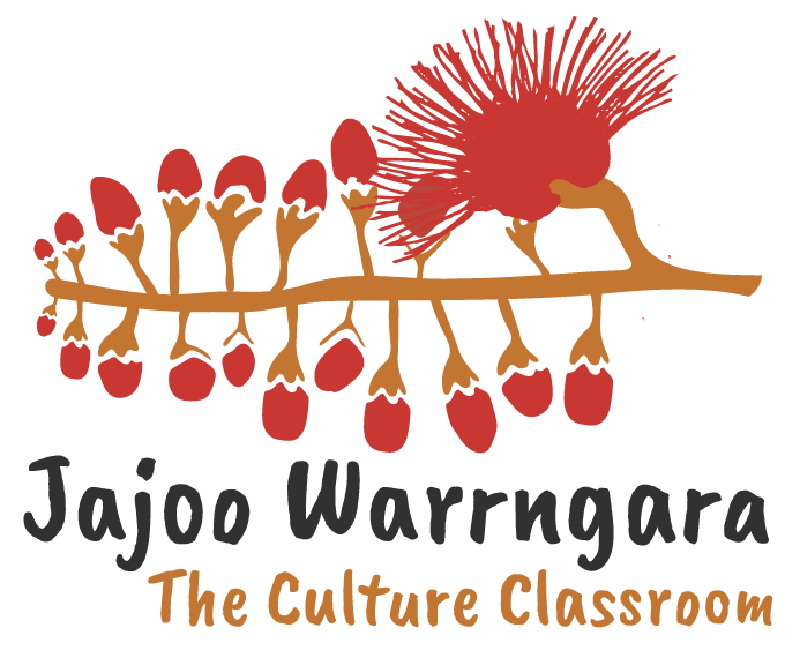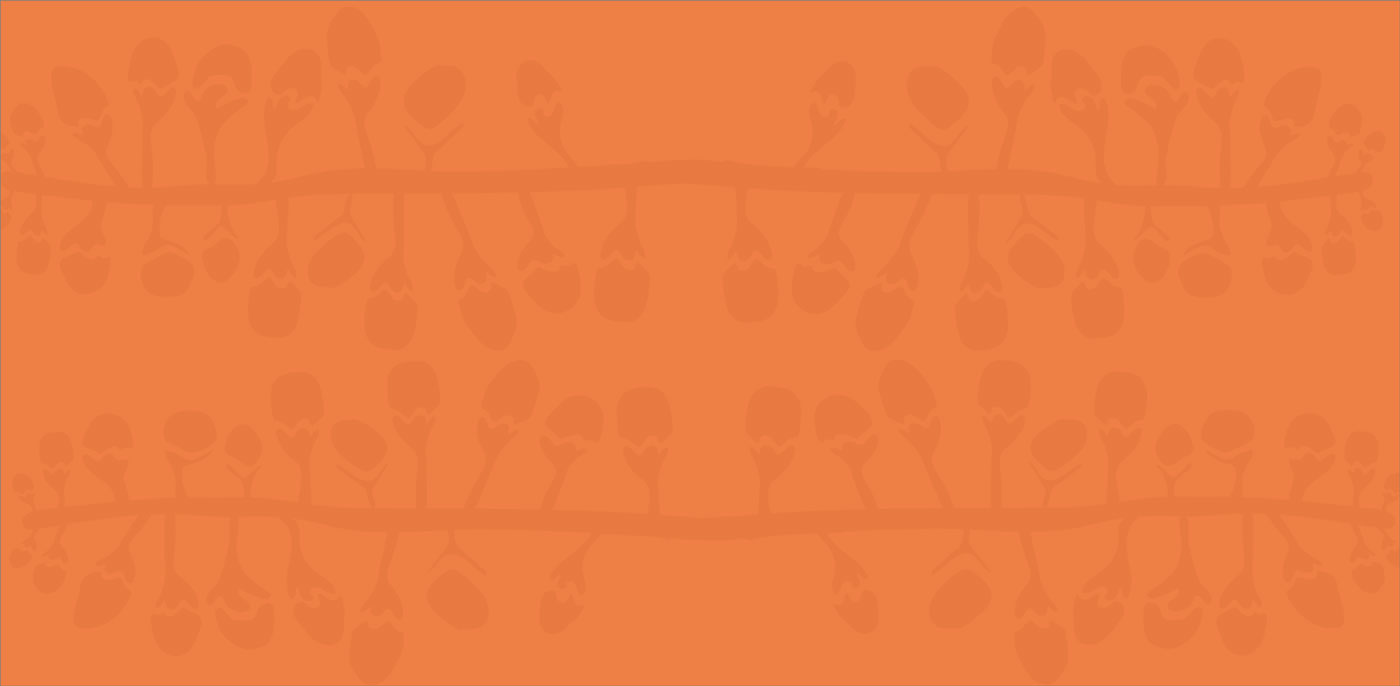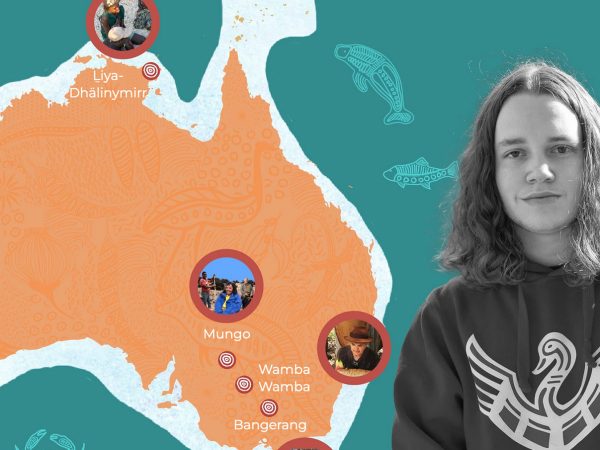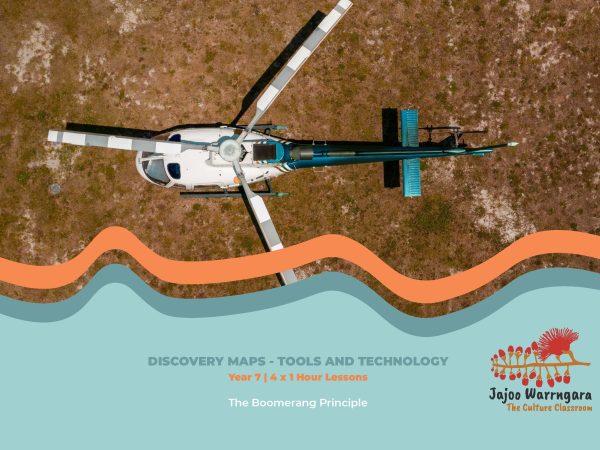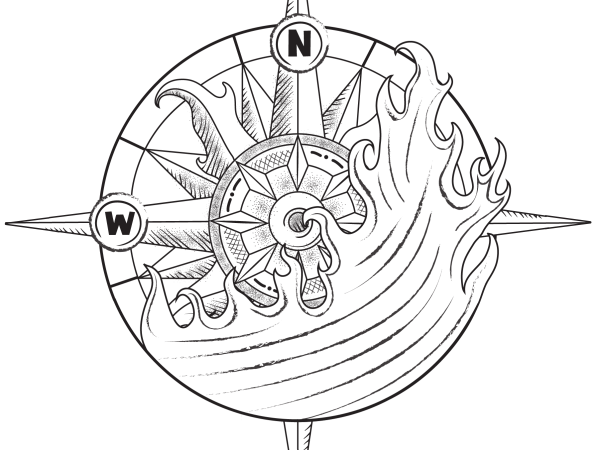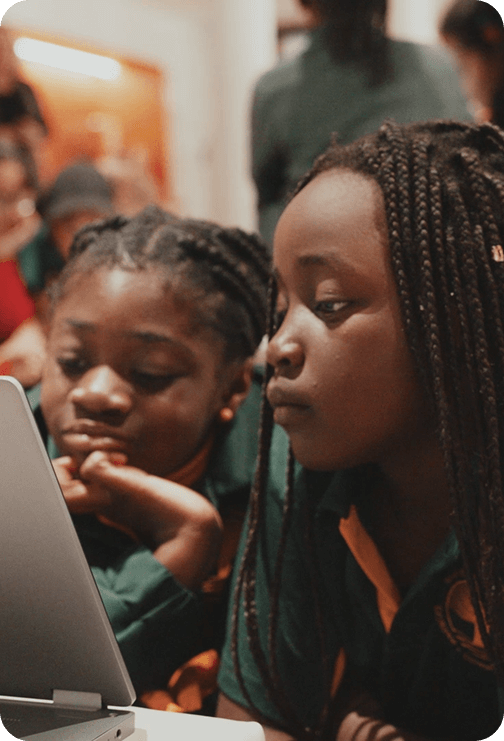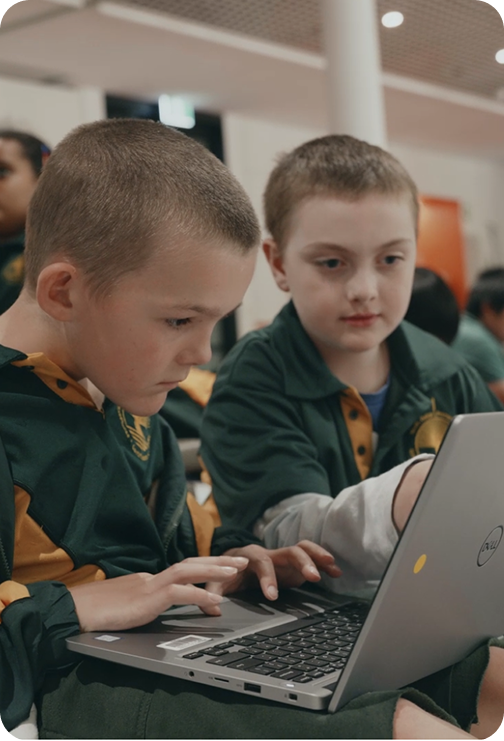AC9S7U04 Investigate and represent balanced and unbalanced forces, including gravitational force, acting on objects, and relate changes in an object’s motion to its mass and the magnitude and direction of forces acting on it
AC9S7H01 Explain how new evidence or different perspectives can lead to changes in scientific knowledge
AC9S7H02 Investigate how cultural perspectives and world views influence the development of scientific knowledge
AC9S7H03 Examine how proposed scientific responses to contemporary issues may impact on society and explore ethical, environmental, social and economic considerations
AC9S7I01 Develop investigable questions, reasoned predictions and hypotheses to explore scientific models, identify patterns and test relationships
AC9S7I02 Plan and conduct reproducible investigations to answer questions and test hypotheses, including identifying variables and assumptions and, as appropriate, recognising and managing risks, considering ethical issues and recognising key considerations regarding heritage sites and artefacts on Country/Place
AC9S7I03 Select and use equipment to generate and record data with precision, using digital tools as appropriate
AC9S7I04 Select and construct appropriate representations, including tables, graphs, models and mathematical relationships, to organise and process data and information
AC9S7I05 Analyse data and information to describe patterns, trends and relationships and identify anomalies
AC9S7I06 Analyse methods, conclusions and claims for assumptions, possible sources of error, conflicting evidence and unanswered questions
AC9S7I08 Write and create texts to communicate ideas, findings and arguments for specific purposes and audiences, including selection of appropriate language and text features, using digital tools as appropriate
